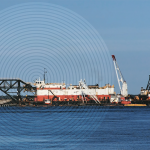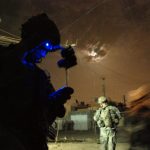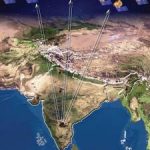Washington View: Ringing in the New Year with a Ligado Stand-Off
As 2020 comes to a close, the Ligado Networks LLC’s (Ligado) mobile satellite services (MSS) project remains at a standstill. While actions in the Federal Communication Commission (FCC) proceedings in the case have stagnated, Congressional action, funds and filings have flowed.
By Dawn M.K. Zoldi (Colonel, USAF, Ret.)













